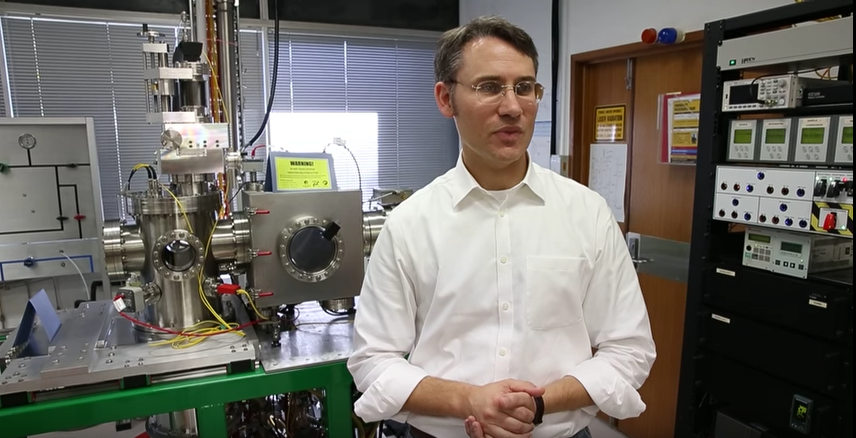It took 20 years to create — a helium microscope that can provide highly detailed pictures of delicate materials without destroying them.
A brief background
The scanning helium microscope (SHeM) was the brainchild of University of Newcastle Professor Paul Dastoor, who worked with his team and with researchers from the University of Cambridge (UK).
According to the University of Newcastle, from start to finish, the microscope took two decades to come to fruition.
The problem with existing microscopes
The historical problem with trying to study many organic, electronic, and other delicate materials at a molecular level using a traditional electron microscope was that the samples being studied would be destroyed — literally fried or boiled due to the electric charge accompanying the light needed to produce an image.
Until now…
The helium microscope breakthrough
Since helium is chemically, electrically, and magnetically inert, it doesn’t react with or damage the sample. As for how it produces images…
Professor Dastoor has explained multiple times that the inspiration for the helium microscope came from the classic design of the pinhole camera.
The microscope runs the helium gas through an aperture into a vacuum, aligning the atoms into a focused, single beam that maps a pixel, and then another pixel, and another.
In the end, a complete, highly-detailed image is produced without causing any damage to the sample.
Here’s a clear image: Zephyr is the fastest, easiest way to get a free helium quote.
Aside from the sample preservation, Dastoor’s team discovered another major benefit to the helium microscope: It detects chemical fingerprints, meaning it can be used to distinguish different materials and substances.
What does the helium microscope mean for science?
First and foremost, samples can now be preserved and studied repeatedly without harm. Biological structures can now be imaged in detail in their naked state. Technologies like solar cells can be studied for degradation and electronic circuits can be studied while they’re actually on and running — something never before possible because of the electric charges of prior microscopes.
Chemical fingerprinting is also now a possibility across all spectrums, including the study of explosives, which can be examined without the risk of setting off the device or material.
What’s next?
Currently, the helium microscope is a large prototype. So, Professor Dastoor and his team are working on a smaller version that can be used in labs across the world.
Check out this short interview in which Professor Dastoor himself explains the helium microscope and its benefits:
Sources: University of Newcastle, Nature, The Conversation


